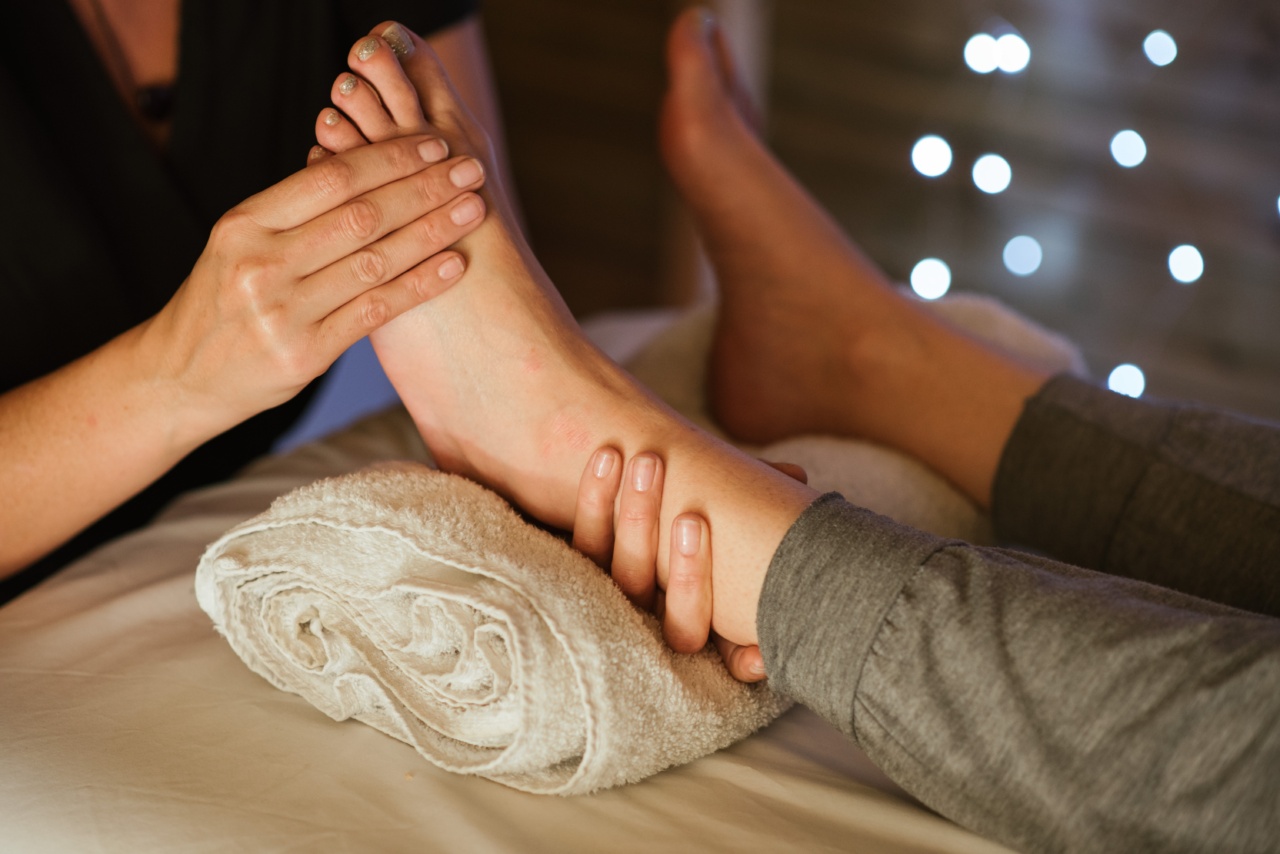Stress has become an inevitable part of our lives due to the fast-paced nature of modern society. Constant pressure in personal and professional domains can lead to various physical and mental health issues.
Finding effective techniques to manage stress and induce a sense of calm is crucial for overall well-being. One such technique that has been practiced for centuries is breathing exercises. In this article, we will explore several breathing techniques that can help alleviate stress and promote a sense of tranquility.
The Importance of Breathing
Every day, we take around 20,000 breaths without even realizing it. Breathing is an involuntary activity controlled by the autonomic nervous system.
However, becoming conscious of our breath and practicing specific breathing techniques can significantly impact our physical and mental health.
How Breathing Affects the Body
Breathing affects various physiological processes in our body. When we are stressed, our sympathetic nervous system triggers the “fight or flight” response, leading to increased heart rate, shallow breathing, and heightened alertness.
On the other hand, deep and slow breathing activates the parasympathetic nervous system, which promotes relaxation and calmness. By intentionally modifying our breathing pattern, we can activate the parasympathetic nervous system and counter the effects of stress.
1. Diaphragmatic Breathing
Diaphragmatic breathing, also known as “belly breathing” or “deep breathing,” is a technique that involves utilizing the diaphragm, a dome-shaped muscle located below the lungs.
This type of breathing is deep, slow, and promotes full oxygen exchange.
2. Box Breathing
Box breathing is a technique widely used by athletes, military personnel, and individuals seeking stress relief. It involves a pattern of inhaling, holding the breath, exhaling, and then holding again, all for equal durations.
The term “box” refers to the even, square shape created by the breath-holding intervals.
3. Alternate Nostril Breathing
Alternate nostril breathing is a yogic breathing technique that helps balance the flow of energy in the body. It is believed to harmonize the left and right hemispheres of the brain, reducing stress and enhancing mental clarity.
This technique involves using the fingers to block one nostril while inhaling or exhaling through the other.
4. 4-7-8 Breathing
The 4-7-8 breathing technique is a simple yet powerful method to promote relaxation. It involves inhaling through the nose for a count of 4, holding the breath for a count of 7, and exhaling forcefully through the mouth for a count of 8.
This pattern should be repeated several times to experience its full benefits.
5. Lion’s Breath
Lion’s breath is a unique breathing technique that combines deep inhalation and forcefully exhaling while sticking out the tongue. This technique aims to release tension in the face and throat, relieve stress, and invigorate the body.
It is named after the lion due to its resemblance to the animal’s roar.
6. Progressive Muscle Relaxation
Progressive muscle relaxation is a technique that combines breathing and muscle tension release. It involves systematically tensing and relaxing different muscle groups while maintaining slow and deep breathing.
By consciously noticing and releasing muscle tension, this technique helps relax both the body and mind.
7. Ocean Breath
Ocean breath, also referred to as “ujjayi” breath in yoga, produces a soothing sound similar to ocean waves. This technique involves constricting the back of the throat while breathing both in and out.
The added resistance to airflow helps slow down the breath and deepen the inhalation and exhalation.
8. Visualization Breathing
Visualization breathing combines the benefits of deep breathing with the power of imagination. During this practice, one focuses on inhaling positive energy or peace and exhaling negative energy or stress.
By visualizing a serene and tranquil environment while breathing, the mind becomes calmer, reducing stress levels.
9. Coherent Breathing
Coherent breathing, also known as resonant or deep breathing, aims to establish a regular rhythm of inhaling and exhaling. This technique involves breathing at a rate of 3-6 breaths per minute while maintaining a smooth inhale-exhale flow.
Coherent breathing has been proven to enhance cardiovascular function and promote overall well-being.
10. Morning Breathing
Morning breathing is an excellent way to start the day with a calm and focused mind. It involves taking a few minutes upon awakening to perform deep, intentional breathing exercises.
By oxygenating the body and reducing cortisol levels, morning breathing helps set a positive tone for the day ahead.
Conclusion
Breathing techniques provide a simple and effective way to combat stress, promote relaxation, and enhance overall well-being.
By incorporating these techniques into our daily routine, we can better manage the pressures of everyday life and find moments of tranquility amidst the chaos. Experiment with different breathing techniques to discover the ones that resonate with you the most, and allow your breath to be the anchor that brings you back to a state of calmness and peace.































